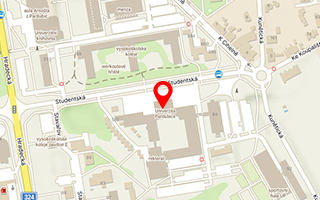Publikace detail
Evaluation of cyclic bond-slip behavior of smooth bars in low strength concrete: An experimental and stochastic study
Autoři:
Yurdakul Özgür | Artagan Salih Serkan | Balaban Eren | Řoutil Ladislav
Rok: 2022
Druh publikace: článek v odborném periodiku
Název zdroje: Structures
Název nakladatele: Elsevier Science Inc.
Místo vydání: New York
Strana od-do: 568-585
